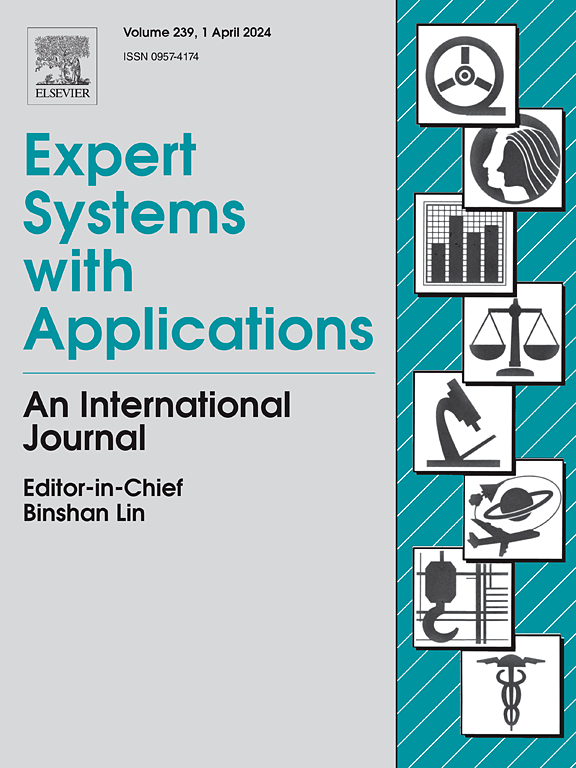Hybrid image splicing detection: Integrating CLAHE, improved CNN, and SVM for digital image forensics
IF 7.5
1区 计算机科学
Q1 COMPUTER SCIENCE, ARTIFICIAL INTELLIGENCE
引用次数: 0
Abstract
This article introduces a novel hybrid method for the detection of image splicing forgery (ISF) that integrates an improved convolutional neural network (CNN), support vector machine (SVM) classifier, and contrast-limited adaptive histogram equalization (CLAHE). The imperceptibility of counterfeit images has made detection a challenge, as the increasing accessibility of image editing applications has resulted in a surge in amateur image manipulation. The proposed methodology employs CLAHE to enhance the extraction of hidden features that forgery has obscured. The improved CNN employs sophisticated feature extraction techniques to achieve superior classification accuracy without the necessity of custom algorithms. Furthermore, SVM is incorporated due to its exceptional processing speed and efficiency. The objective of this hybrid framework is to address the constraints of current deep learning models in terms of computational efficiency and accuracy, thereby demonstrating substantial enhancements in performance metrics for image splicing forgery detection (ISFD). The findings suggest that the proposed system effectively differentiates between authentic and manipulated images, offering an effective solution to the challenges of image splicing forgery.
求助全文
约1分钟内获得全文
求助全文
来源期刊

Expert Systems with Applications
工程技术-工程:电子与电气
CiteScore
13.80
自引率
10.60%
发文量
2045
审稿时长
8.7 months
期刊介绍:
Expert Systems With Applications is an international journal dedicated to the exchange of information on expert and intelligent systems used globally in industry, government, and universities. The journal emphasizes original papers covering the design, development, testing, implementation, and management of these systems, offering practical guidelines. It spans various sectors such as finance, engineering, marketing, law, project management, information management, medicine, and more. The journal also welcomes papers on multi-agent systems, knowledge management, neural networks, knowledge discovery, data mining, and other related areas, excluding applications to military/defense systems.
 求助内容:
求助内容: 应助结果提醒方式:
应助结果提醒方式:


